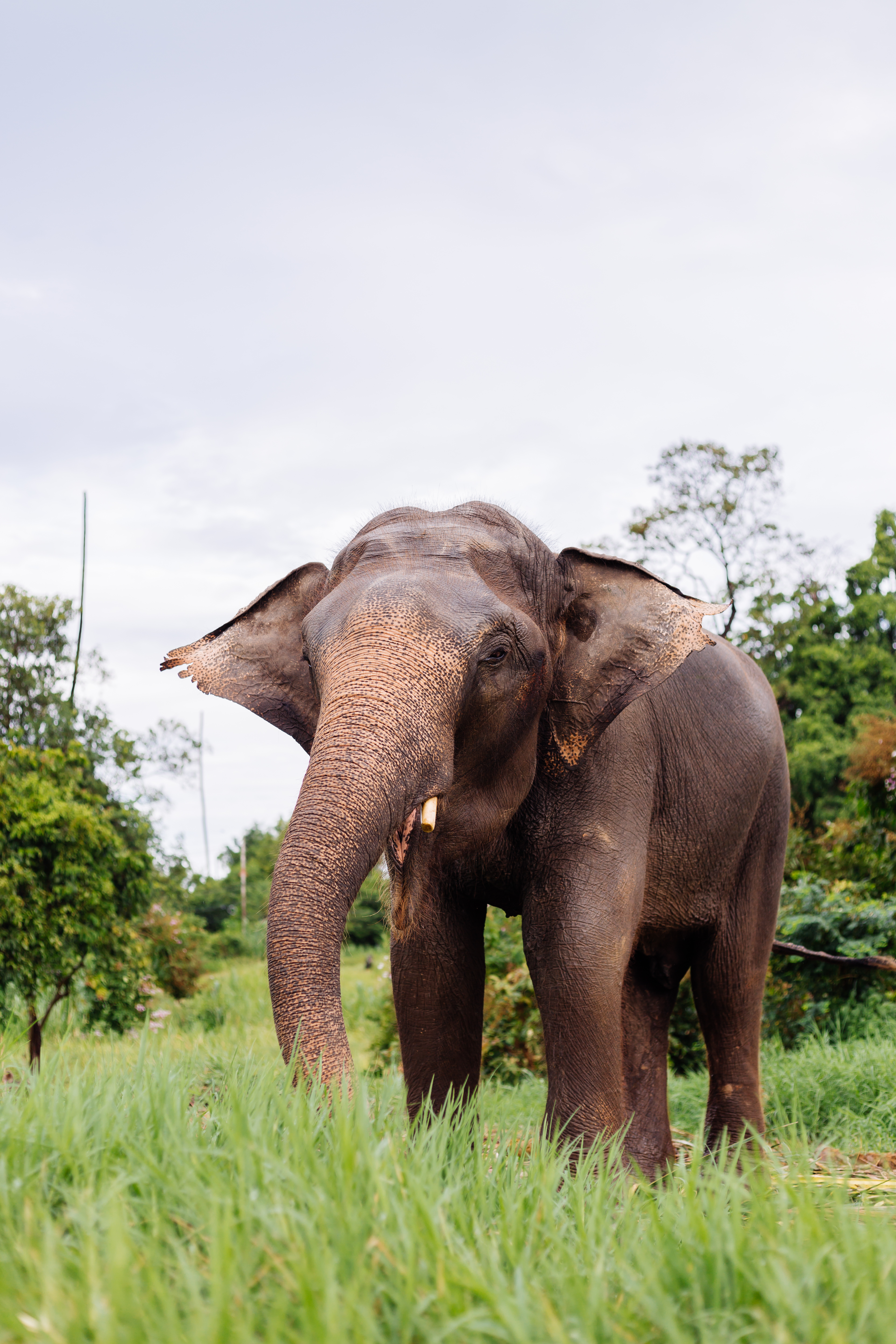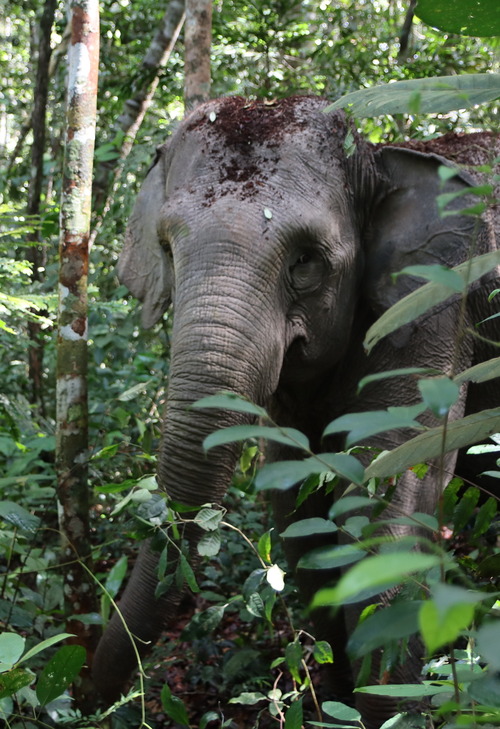The Sumatran elephant (Elephas maximus sumatranus) is one of the most majestic yet critically endangered species on our planet. Found exclusively on the island of Sumatra, this species represents a significant part of our world's natural heritage.
The Sumatran elephant is the largest mammal in Indonesia, weighing up to 6 tons and growing up to 3.5 meters high at the shoulder. The gestation period for baby Sumatran elephants is 22 months with an average age of up to 70 years. These giant herbivores are very intelligent and have larger brains than other land mammals. Large enough ears help elephants hear well and help reduce body heat.
The trunk is used to obtain food and water by holding or grasping the tip which is used like a finger to scoop. The Sumatran elephant (Elephas maximus sumatranus) is an animal that requires a large roaming area, this is because elephants need to feel safe and comfortable, so that their daily activities are not disturbed. An elephant requires a roaming area of 680 ha.
The Sumatran elephants are not only vital for maintaining the ecological balance of their habitats, but they also play a crucial role in the rich biodiversity of the region. Protecting these elephants is imperative, not just for their survival but for the health and stability of the ecosystems they support.
The importance of conserving Sumatran elephants extends beyond their intrinsic value. As a keystone species, they help to shape their environment in ways that benefit countless other species. By spreading seeds through their dung and creating clearings in dense forests, they promote plant diversity and growth, which in turn supports a variety of wildlife. The loss of Sumatran elephants would have a profound ripple effect, leading to the degradation of the ecosystems they inhabit.
In addition to their ecological significance, Sumatran elephants hold cultural and economic value for local communities. Ecotourism cantered around these magnificent animals can provide sustainable livelihoods and foster a deeper connection to conservation efforts. By protecting Sumatran elephants, we are also preserving the natural beauty and biological diversity that future generations should have the opportunity to experience.

